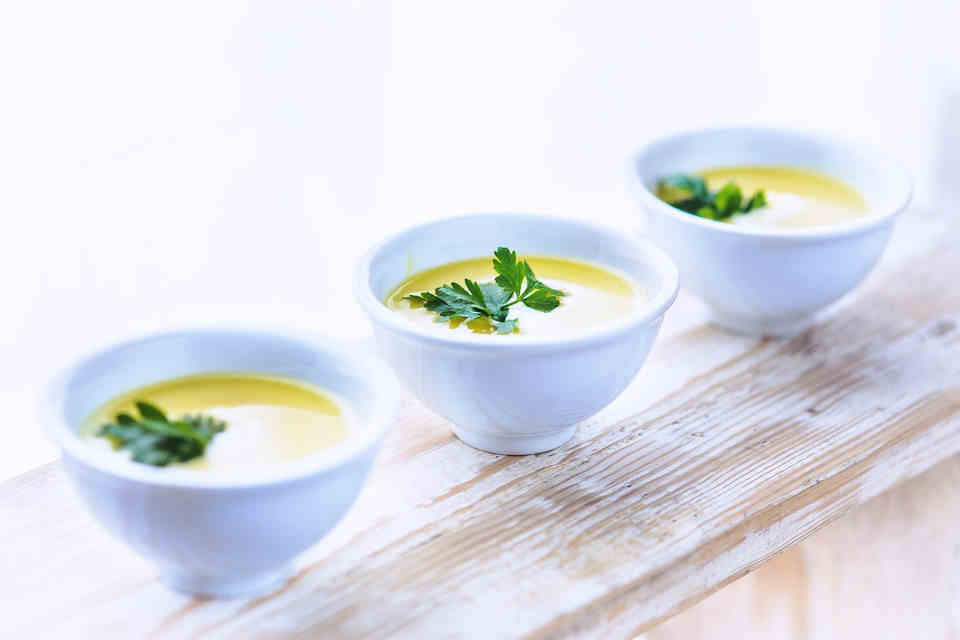Parsley is far more than a simple embellishment for your plate. This post aims to highlight the underappreciated versatility and nutrient richness of parsley, also scientifically recognized as Petroselinum crispum. From home gardening tips to its numerous applications in the kitchen, we’re covering all the facets of this wonderful herb.
Is Parsley Merely Decorative Greenery?
A common misconception about parsley is that it serves only as a decorative item on your meal. The truth, however, is that parsley is a nutrient-dense powerhouse rich in essential elements such as beta-carotene, calcium, iron, and vitamins A and C. Beyond its nutritional advantages, parsley also acts as a natural breath freshener—a helpful tidbit, especially after indulging in garlic-heavy meals.

Can You Easily Grow Parsley at Home?
Growing parsley at home is a rewarding endeavor. This herb, whether biennial or a short-lived perennial, can reach a height of 10-12 inches. Ideal conditions for parsley include moist, nutrient-rich soil and locations offering either full sun or partial shade. During dry periods, it’s important to hydrate the plant adequately. After two years, you can expect the parsley to bloom with yellowish-white flowers, although most chefs prefer the first-year leaves for their recipes.
Is Growing Parsley in Your Garden a Good Idea?
Absolutely! If you have an outdoor garden, curly parsley can be an eye-catching edging plant for your garden beds. It also flourishes in container gardens, giving you the flexibility to grow it in smaller spaces. Starting with seeds can be done indoors before transplanting them, or you can sow them directly in your desired location. Don’t worry if you’ve heard that parsley seeds are difficult to germinate; many gardeners have successfully grown them with little to no issues.
Can You Cultivate Parsley Indoors?
Indoor parsley cultivation is a feasible option, especially when the growing season is coming to an end. If you choose this route, make sure to repot the plant in new potting soil and perform a pest inspection. In the event of an insect problem, a gentle spray of soap and water should suffice.
What Kind of Light Does Indoor Parsley Need?
When you decide to grow parsley indoors, make sure it receives a minimum of 5 hours of sunlight each day. If you’re placing it on a windowsill, it’s good practice to rotate the plant to ensure it receives balanced light exposure. During the winter months, fluorescent lights can also be a viable light source. Position the lights about 6 inches from the plant and keep them on for around 14 hours daily.
What Complements Parsley in Both Garden and Culinary Settings?
In the Garden
Parsley makes a great companion for asparagus, corn, and tomatoes, offering multiple benefits when planted alongside them.
In the Kitchen
The cooking applications for parsley are incredibly diverse. Its fresh leaves can be used in salads, sauces, and soups, while its dried form can add flavor to stews, omelets, and dips. Try blending parsley with soft cheeses like ricotta or cottage cheese for a delicious twist. A classic technique includes tying parsley with thyme and a bay leaf to make a bouquet garni, an aromatic bundle that can be added to and easily removed from soups and stews.

What’s the Best Way to Store Parsley?
Whether harvested from your garden or picked up at a local store, parsley can be either dried or frozen for long-term storage. If you opt to store it in the fridge, simply place the stems in a jar filled with cold water, and it will remain fresh for several days.
Parsley has certainly earned its place as a versatile, nutrient-rich addition to both your garden and kitchen. We hope this guide has shed light on the many ways you can benefit from incorporating parsley into your lifestyle.

